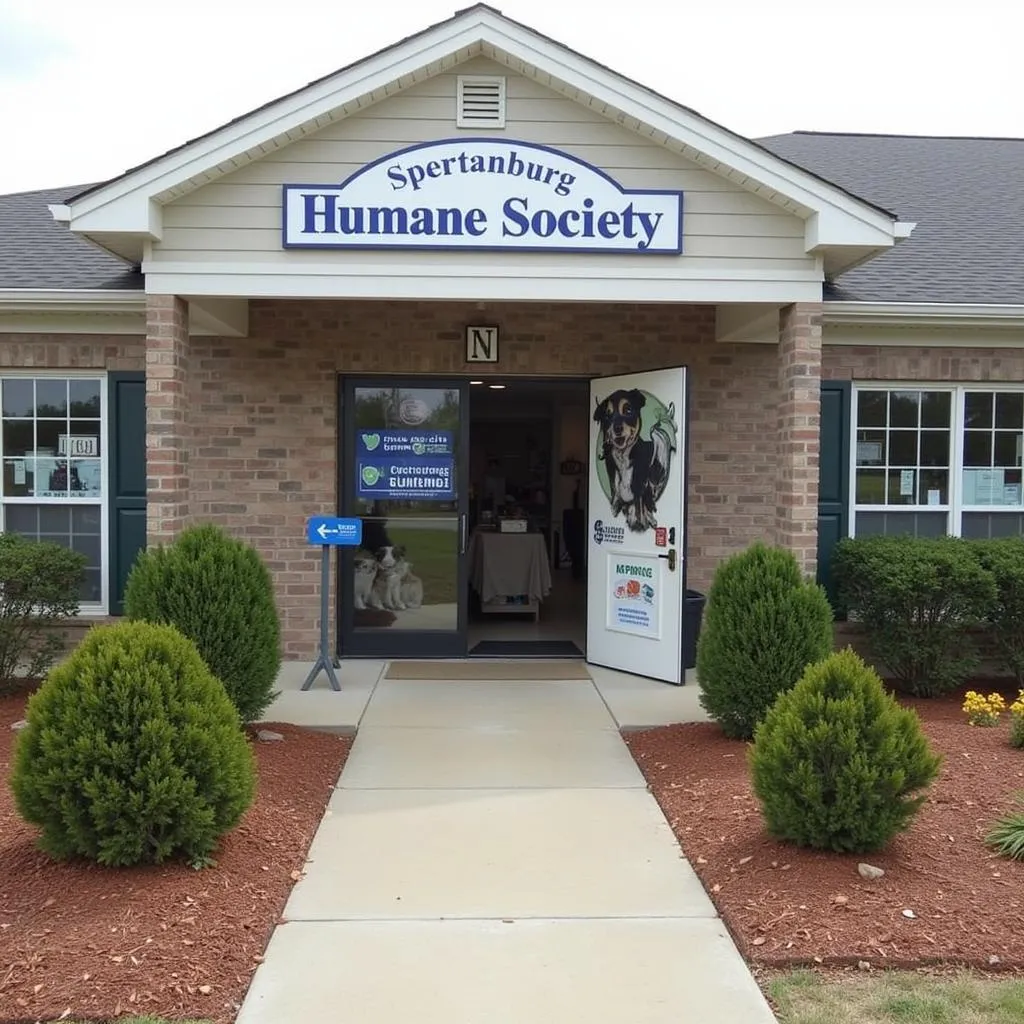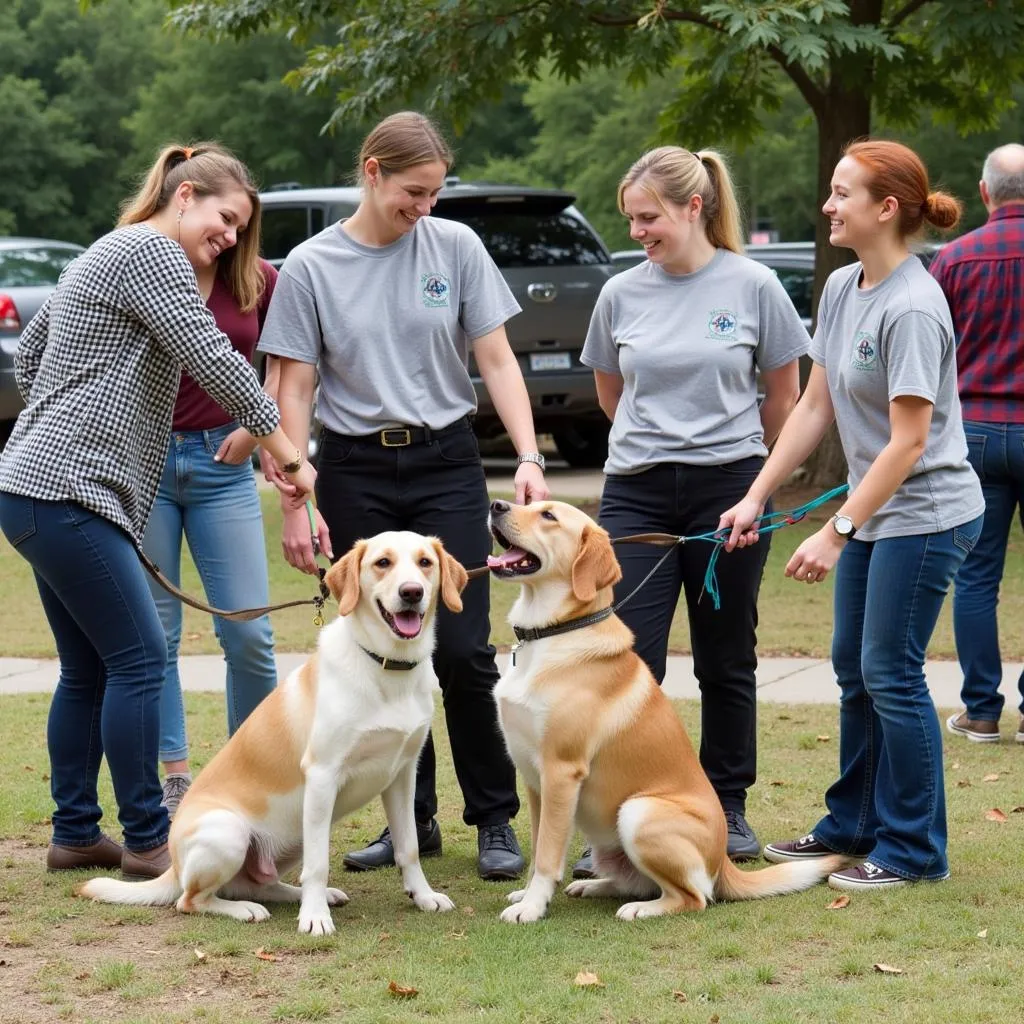The question “Is Spartanburg Humane Society A Kill Shelter?” is a common one, and understandably so. People care deeply about animal welfare and want to ensure their furry friends find safe and loving homes. To answer this question directly, the Spartanburg Humane Society is an open-admission shelter. Let’s explore what that means and the differences between open-admission and no-kill shelters.
Open Admission vs. No-Kill: Understanding the Difference
The labels “kill shelter” and “no-kill shelter” can be misleading and often create a sense of judgment. The reality is much more nuanced. Here’s a breakdown:
- Open-Admission Shelters: These shelters accept every animal that comes through their doors, regardless of health, temperament, or age. They provide a safety net for animals in need, often taking in strays, owner surrenders, and transfers from overcrowded facilities.
- No-Kill Shelters: These shelters generally have limited space and resources. They typically only accept animals they believe have a high chance of adoption due to factors like breed, age, and health.
 Spartanburg Humane Society Building
Spartanburg Humane Society Building
The Reality of Open-Admission Shelters
Open-admission shelters like the Spartanburg Humane Society face significant challenges:
- Overcrowding: Taking in all animals in need inevitably leads to space constraints, especially during peak seasons like kitten and puppy season.
- Resource Limitations: Caring for a large number of animals requires substantial financial resources for food, medical care, staffing, and facility maintenance.
- Difficult Decisions: When faced with limited space and resources, open-admission shelters may be forced to make the heartbreaking decision to euthanize animals for reasons such as:
- Severe medical conditions with a poor prognosis
- Untreatable behavioral issues that pose a safety risk
- Lack of space for incoming animals in urgent need
It is important to remember that these decisions are never taken lightly. Shelter staff and volunteers work tirelessly to provide the best possible care for every animal and exhaust all other options before resorting to euthanasia.
How You Can Help
Whether a shelter identifies as “no-kill” or “open-admission,” the goal remains the same: to find loving homes for as many animals as possible. Here are ways you can make a difference:
- Adoption: Choosing to adopt is one of the most impactful ways to support animal shelters and give a deserving animal a second chance.
- Fostering: Providing a temporary home for an animal frees up space in the shelter and allows them to thrive in a home environment.
- Volunteering: Shelters rely heavily on volunteers for a variety of tasks such as walking dogs, socializing cats, and assisting with events.
- Donations: Financial contributions help shelters provide essential care, medical treatment, and enrichment programs for the animals.
- Spay and Neuter: Spaying or neutering your pets is crucial in reducing the number of unwanted animals entering shelters.
 Volunteering at Spartanburg Humane Society
Volunteering at Spartanburg Humane Society
Supporting the Spartanburg Humane Society
While the term “kill shelter” is often used in a negative light, it’s essential to understand the complexities of shelter operations and the dedication of those who work tirelessly to care for animals in need. The Spartanburg Humane Society, as an open-admission shelter, plays a vital role in the community by providing refuge for all animals that come through its doors. By understanding the challenges they face and offering our support through adoption, fostering, volunteering, or donations, we can help create a brighter future for all animals in Spartanburg and beyond.